It would be fair to assume that a shoe that’s made of faux leather – say, a synthetic material – is a vegan shoe, right? Unfortunately, this isn't always the case. If we want to make sure our wardrobes are totally free from animal-derived materials, as well as the cruelty and environmental harm associated with them, there are a few extra things to look out for.

A faux leather upper doesn’t mean a faux leather shoe
Even if the outside of a shoe – you know, the part that we actually see and think of as a shoe – is made from a vegan leather alternative, there might be animal skin leather lurking deeper in the soles.
The ‘upper’ material of a shoe, which wraps over our feet, is just one part of the makeup of a shoe. There’s also the insoles to consider. There are plenty of examples of shoes that use a vegan material for the upper – because it’s aesthetically pleasing, because it’s cheap, and for a host of other non-ethically focussed reasons – while using calf skin leather inside.
It’s important to check what all parts of a shoe is made from, and if this information isn’t listed online, to ask. It’s also worth familiarising yourself with what the different shoe material icons mean – these are basically a kind of code which helps answer these questions.
Vegan leather, but glued together… with animal cruelty
Did you know that some shoes are glued together with a glue made from collagen, derived from animal bodies? Collagen is found in the skins of animals, which are processed along with tendons, bones and other body parts to make some glues.
It’s more common nowadays to see synthetic glue being used, but while non-vegan glue is still used in shoe making, we need to check to ensure if shoes truly are free from animal cruelty. The animals who are harmed in supply chains producing glue deserve better.
If you’re interested in a pair of shoes but aren’t sure about the glues, just ask. Ideally though, it’s best to choose brands which are certified as vegan, and which are dedicated to ensuring no animals are harmed in the making of their shoes.
Non-vegan dyes and polishing balms
Did you know that almost all shoes – made from both animal and vegan leathers – are polished with a balm made of beeswax before they’re sent out of a factory?
Other insects are also harmed in the production of some dyes used in textile manufacturing. Historically, these have included cochineal bugs and even some kinds of snails. While this is increasingly uncommon in the fashion industry, it’s still worth checking for.
Veganism ought to protect all animals, and the planet we share
"Veganism is a philosophy and way of living which seeks to exclude—as far as is possible and practicable—all forms of exploitation of, and cruelty to, animals for food, clothing or any other purpose; and by extension, promotes the development and use of animal-free alternatives for the benefit of animals, humans and the environment.”
In order to best protect the environment, vegan leather alternatives should aim not only to be more sustainable than animal-derived leather – which is true for the most common synthetic leather – but to be genuinely sustainable. Sustainability is all about protecting the environment, which of course in turn means protecting the many free-living, native animals of the world, too.
There is a difference between ‘more sustainable’ and ‘genuinely sustainable’, because sustainability exists on a spectrum. While it’s true that conventional polyurethane synthetic leather has a far reduced land use, carbon and water footprint, it’s still certainly imperfect. So, as much as possible, we should seek out vegan shoes made from more sustainable materials, like bio-based materials, and lower impact synthetics, if bio-based alternatives aren’t available.
Protecting all animals means protecting humans, too
Sometimes we like to forget it – as a society, often to justify the exploitation of other animals – but humans are animals too. So, if shoes are going to be vegan in the truest sense of the word – because veganism is a social justice movement dedicated to protecting all life – they should be made ethically, with fair labour.
It’s important we ask brands if they are paying their workers living wages, and what the working conditions in their facilities are like.
We can all only do our best, but it’s important to keep in mind that if we want to ensure we’re aligning our shoe purchases with veganism and non-violence, we should be checking that the entire shoe is free from animal-derived materials, that it’s sustainable, and ethically made.




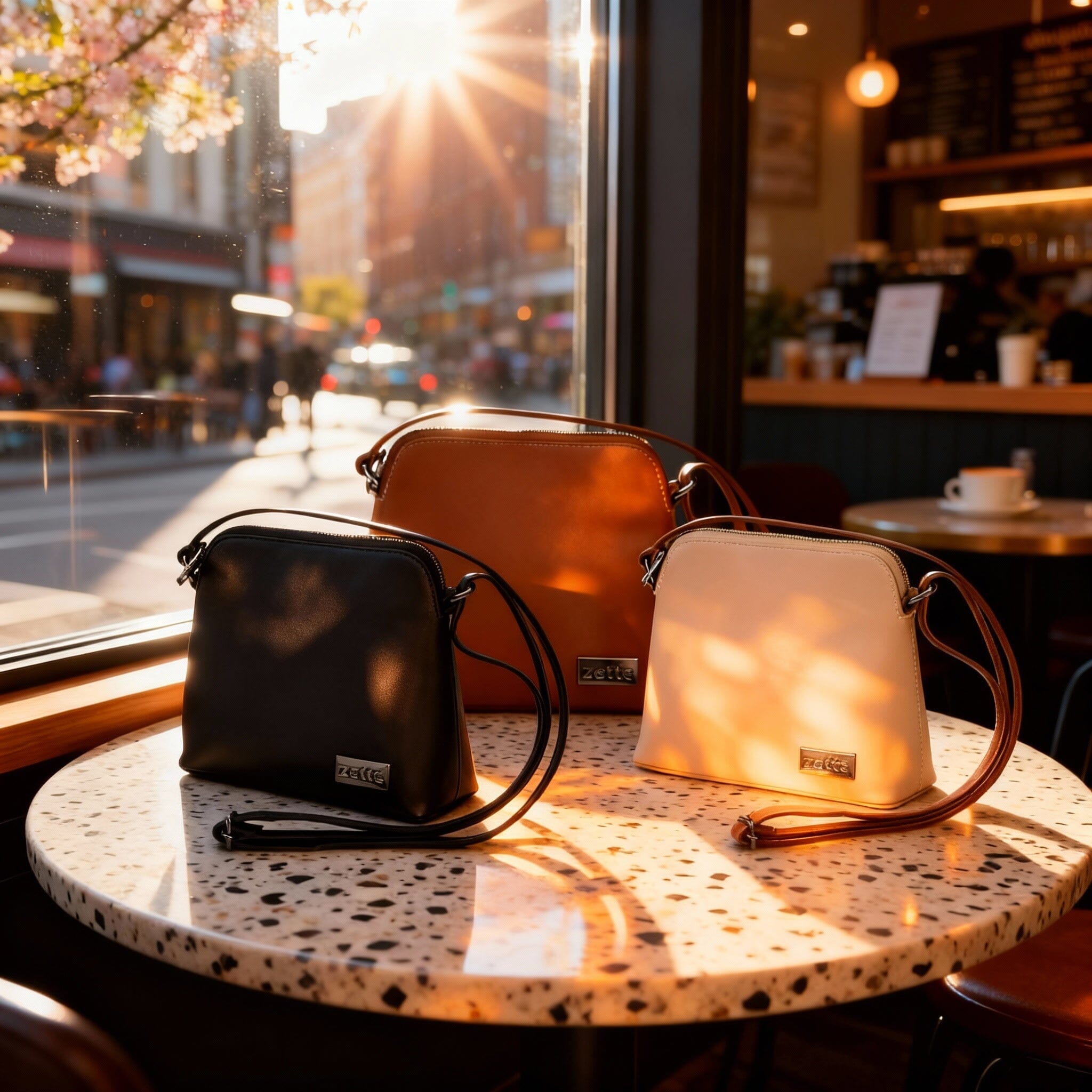
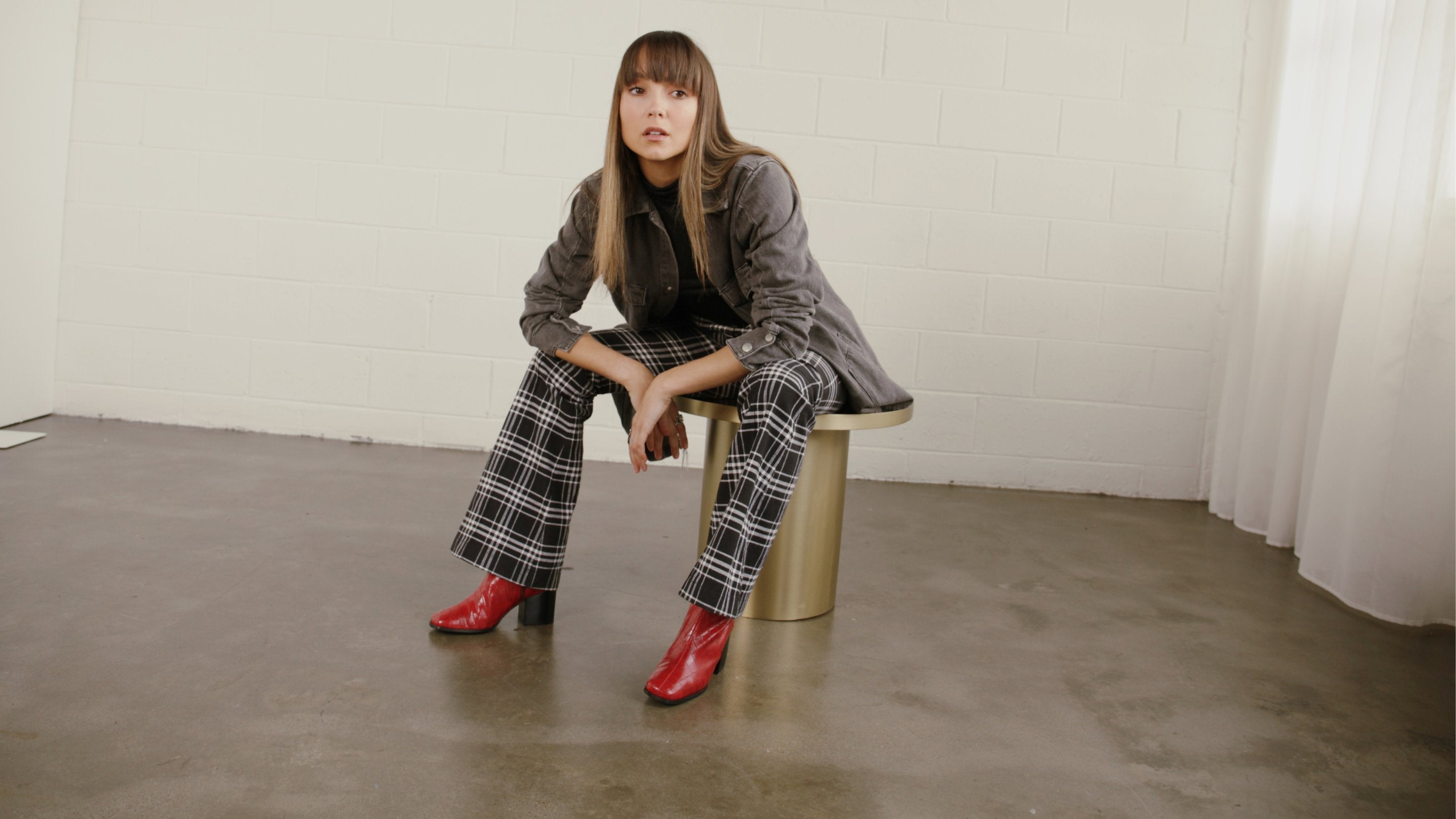

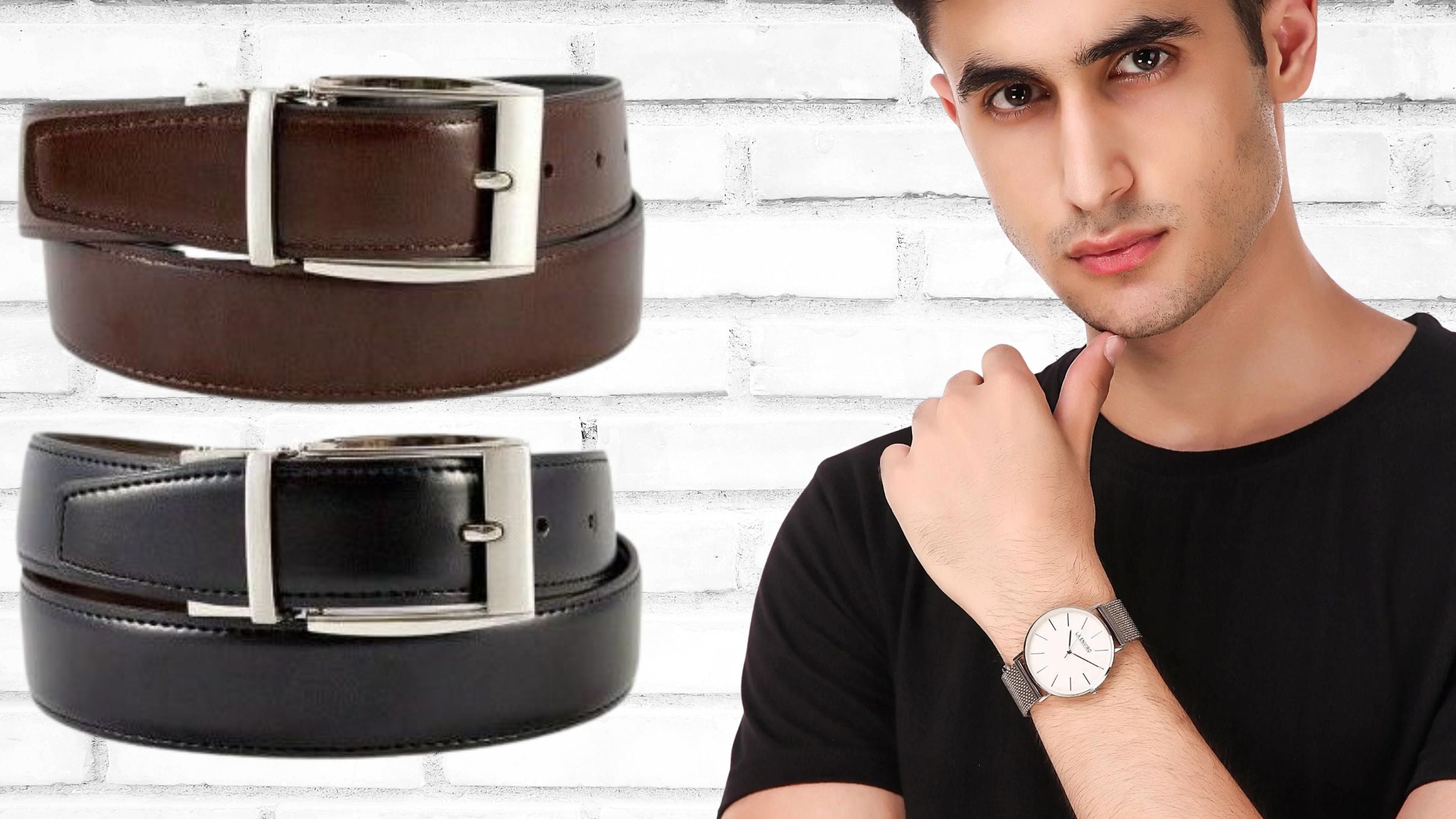
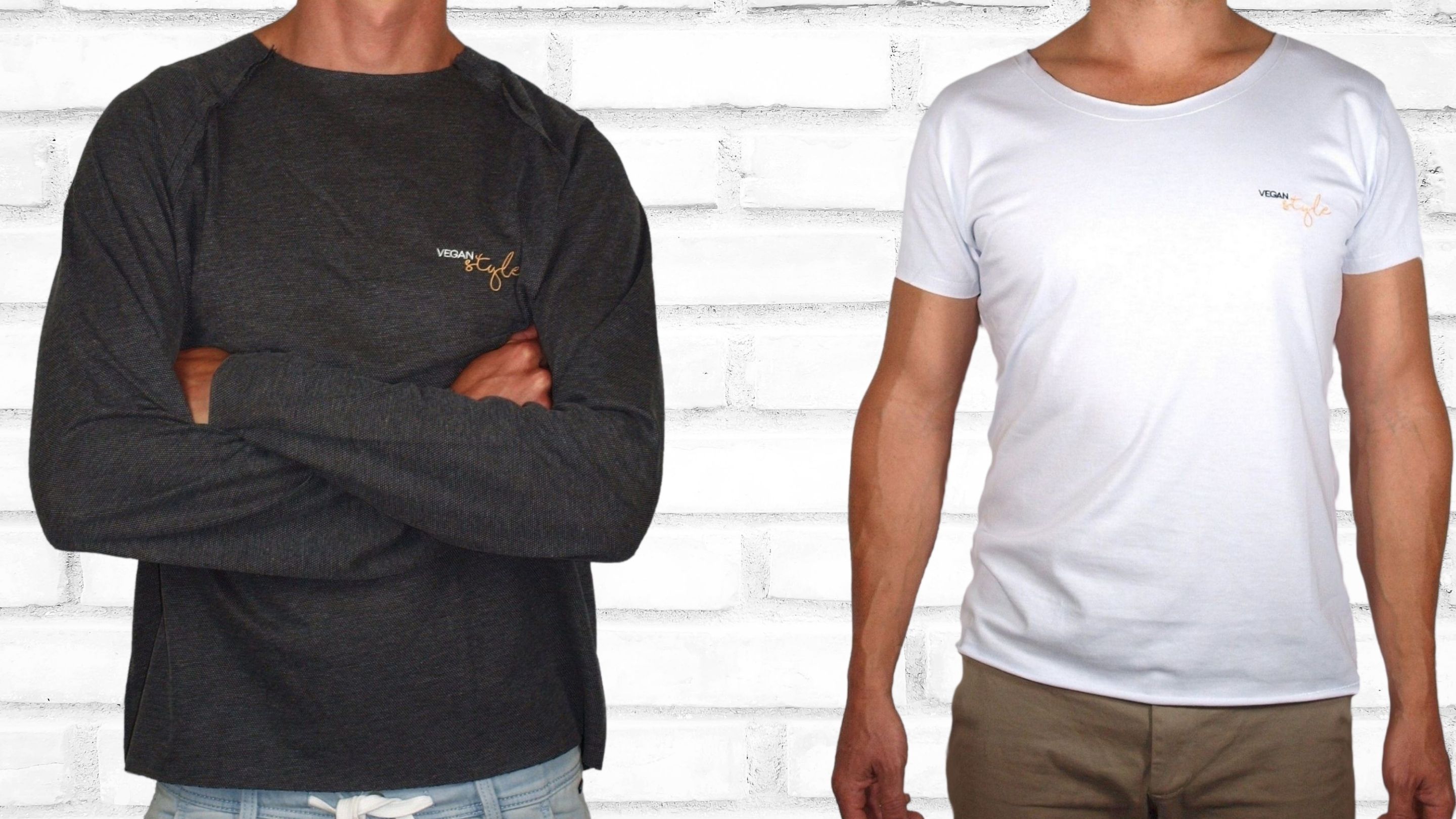
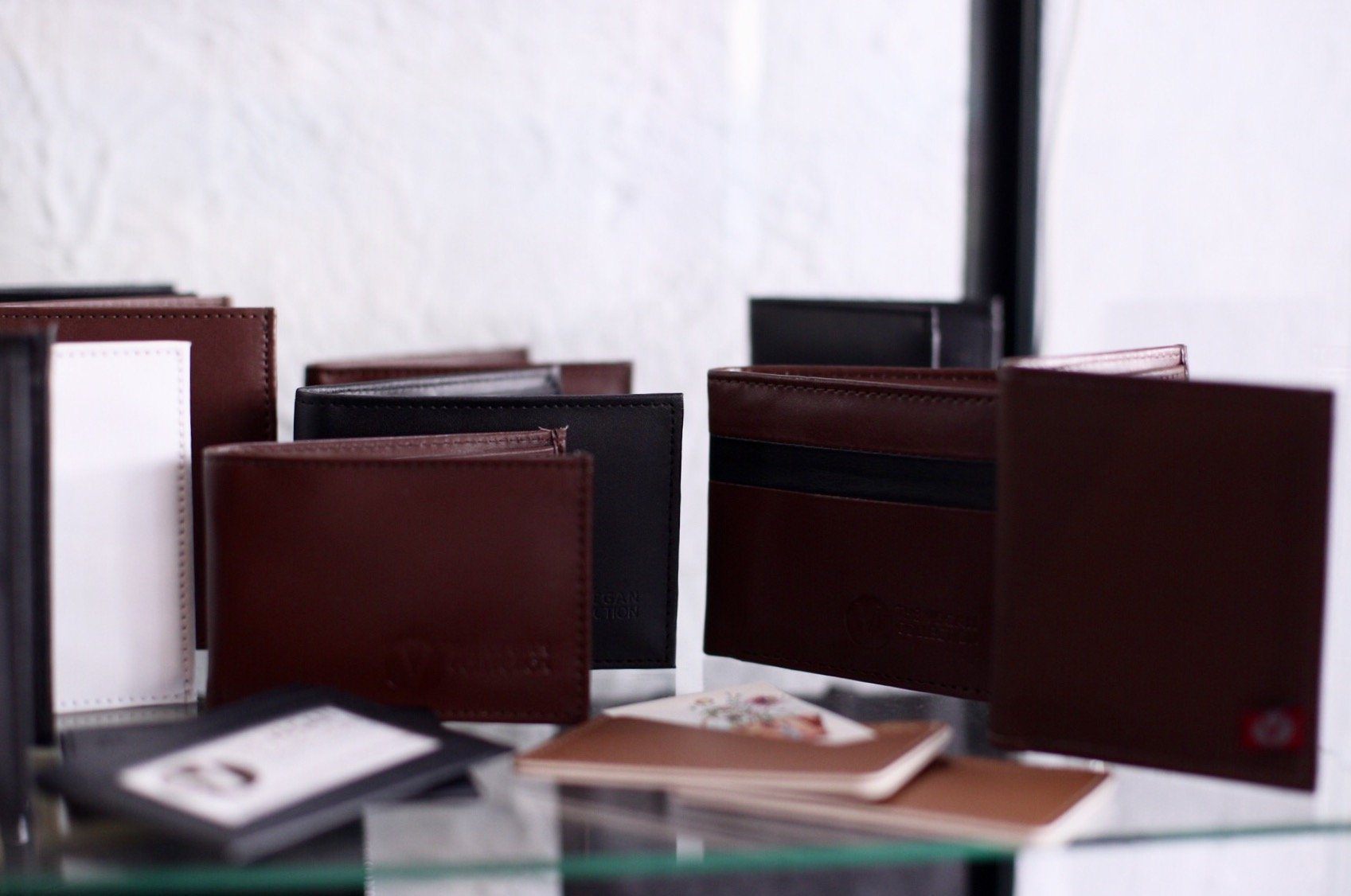
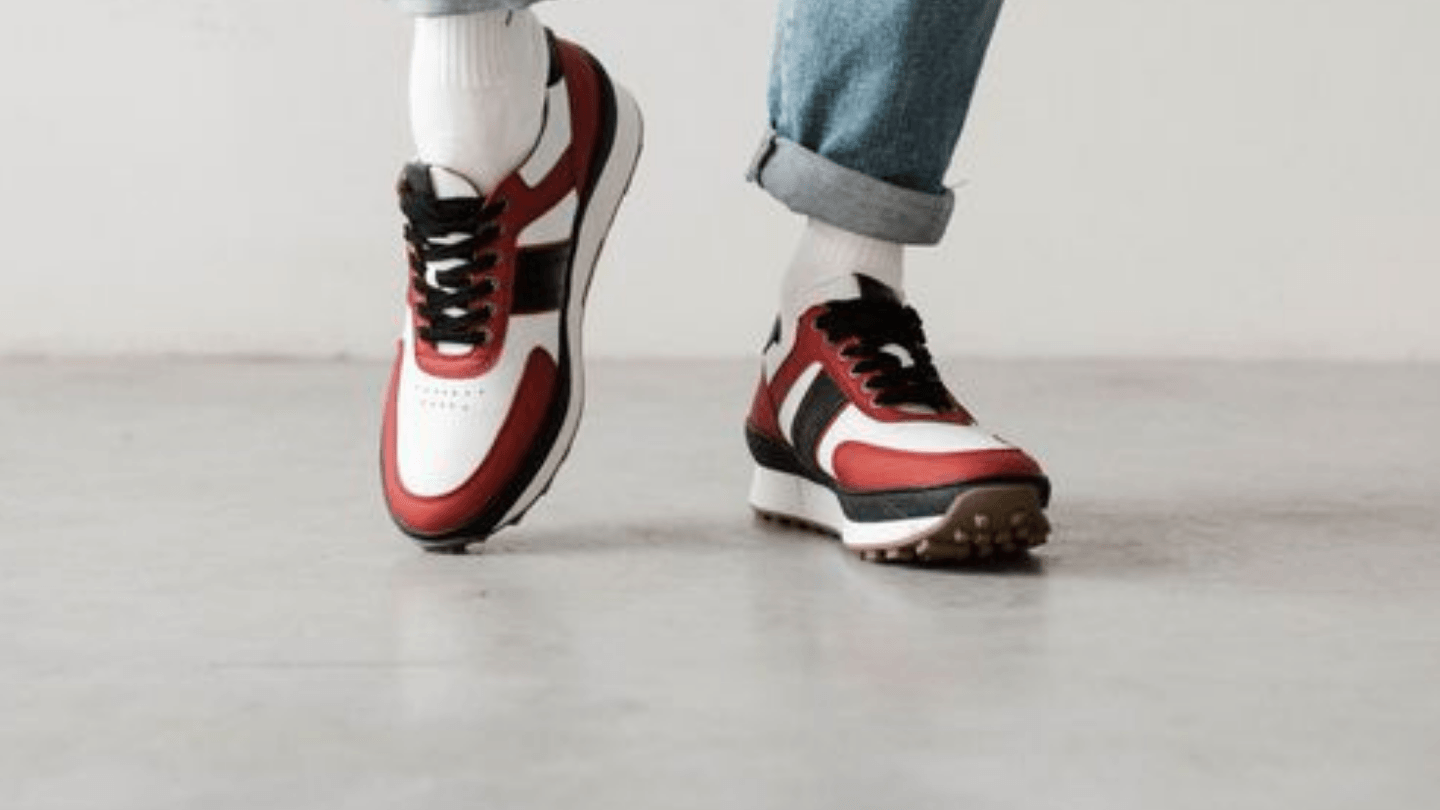
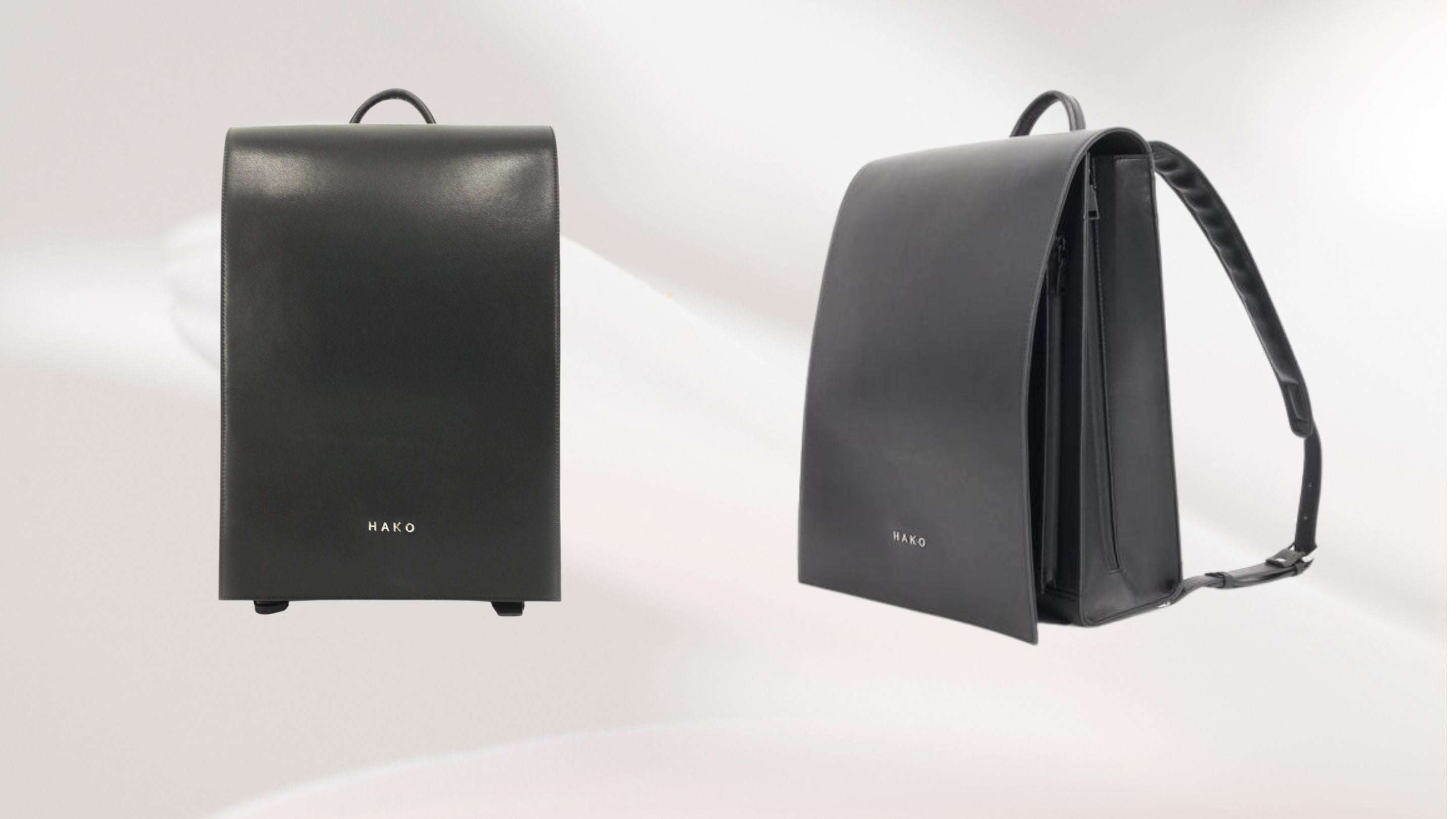
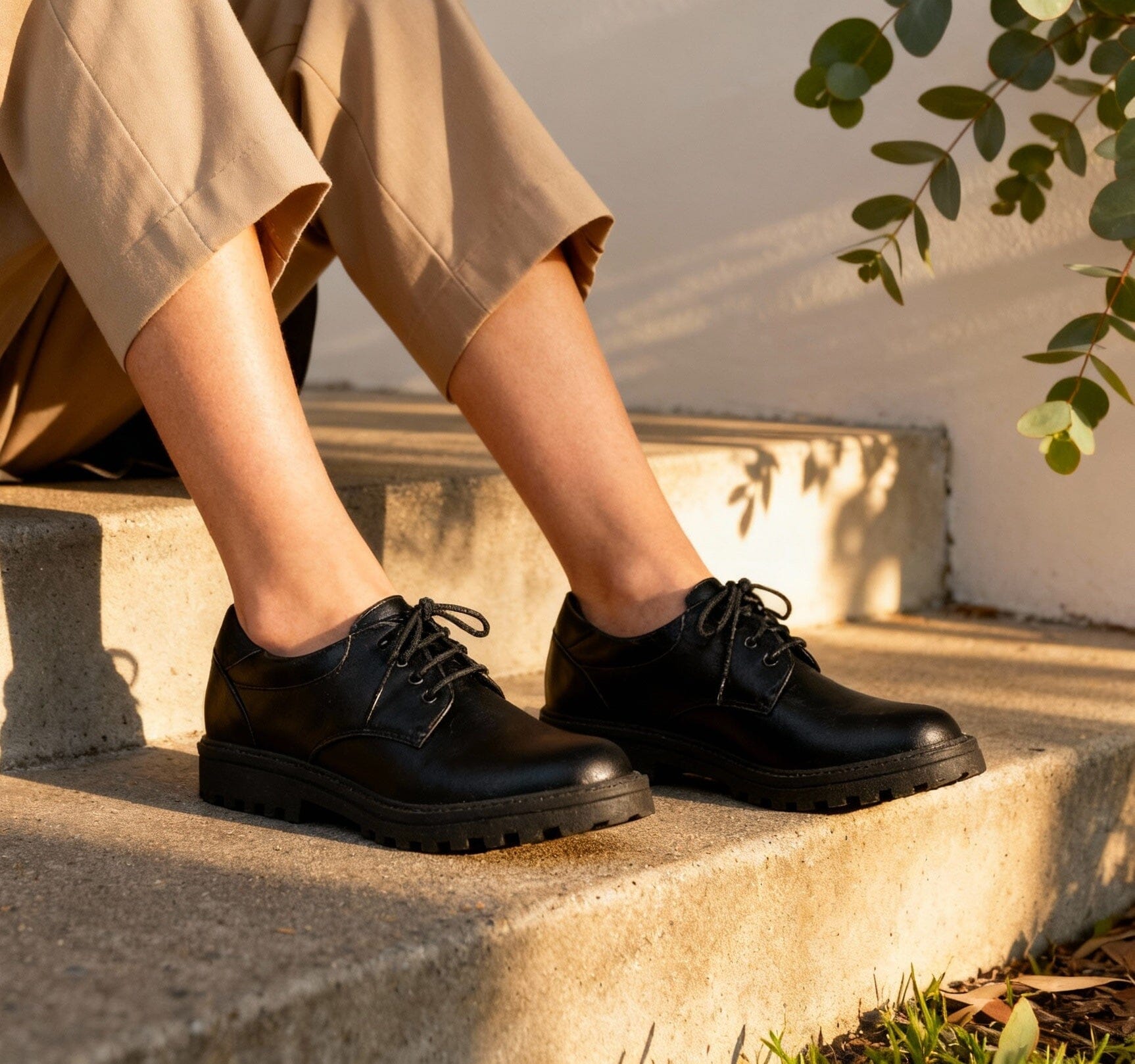




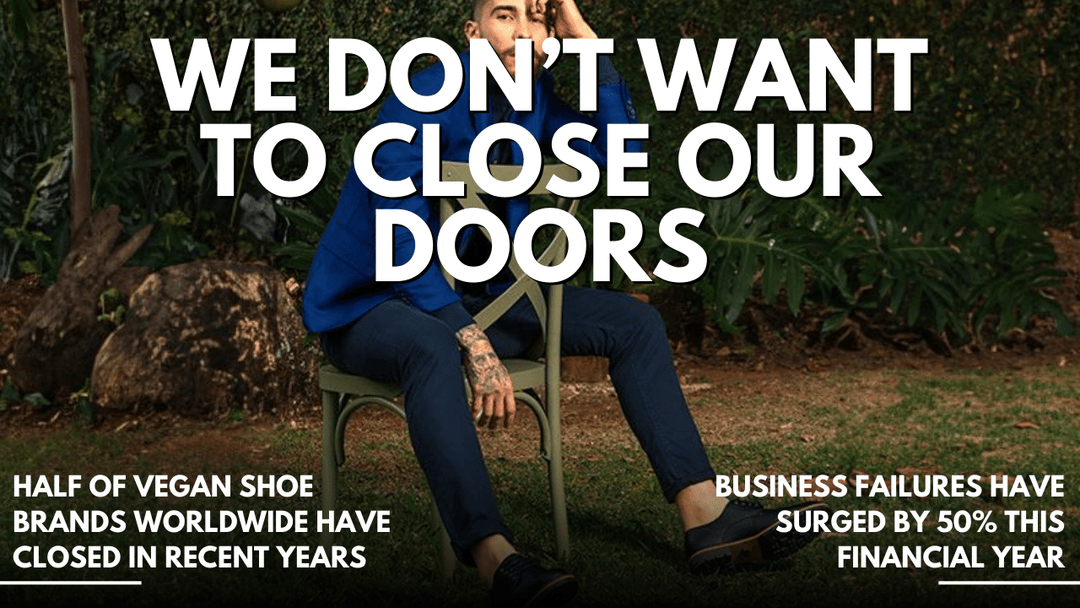

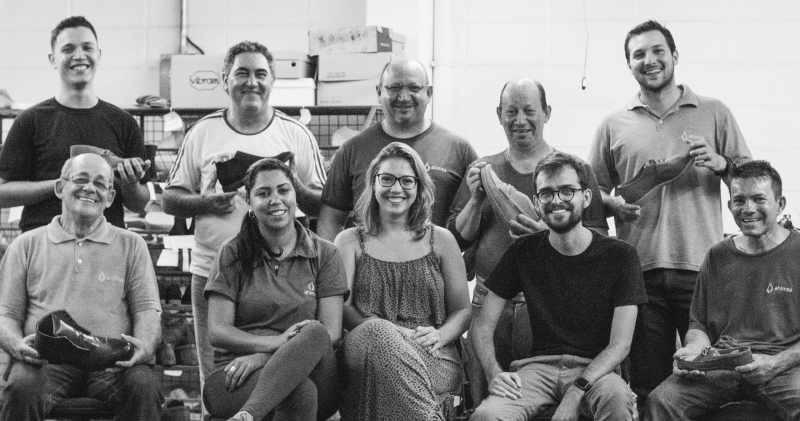

Leave a comment